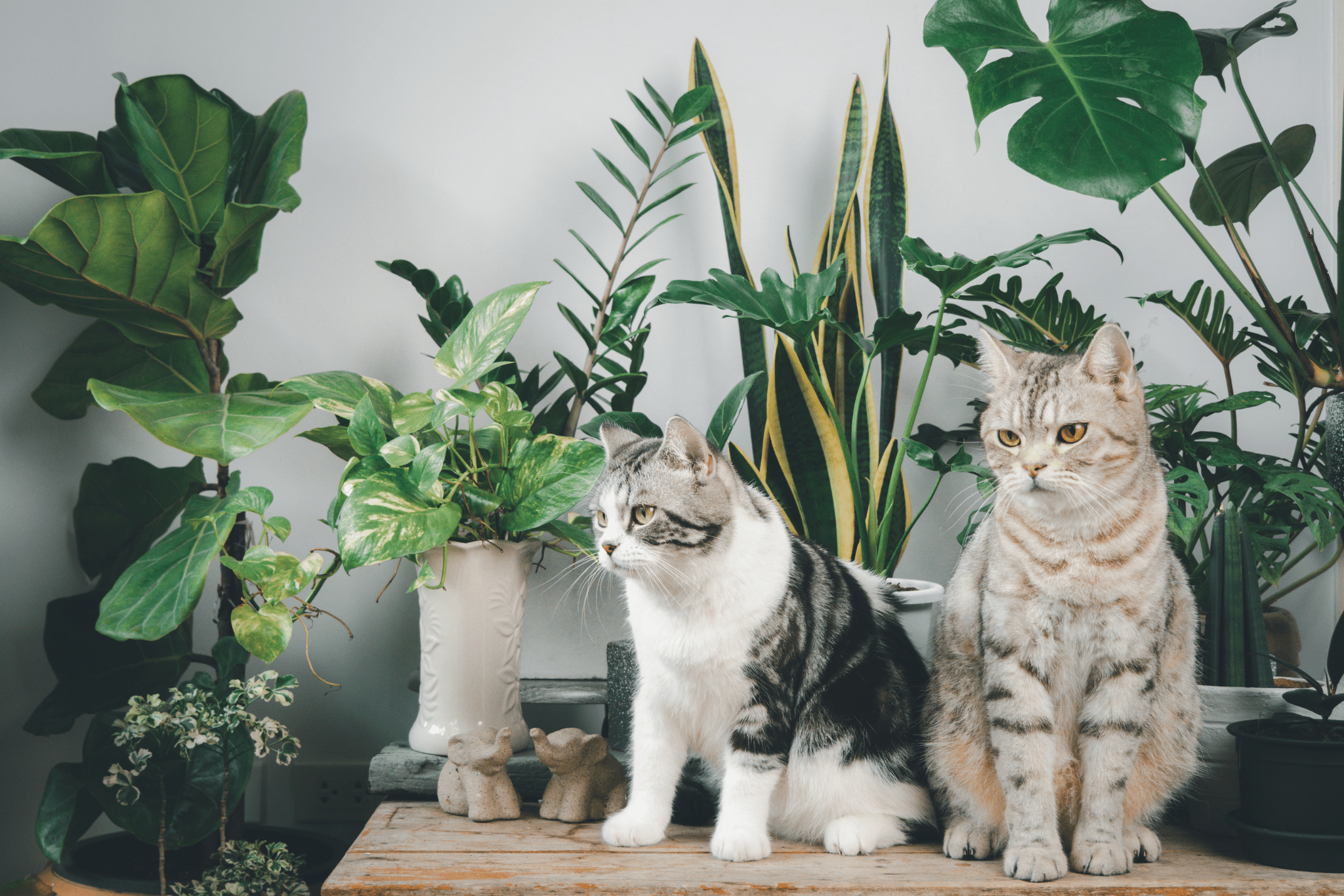No products in your basket yet
Choosing The Best Houseplant For Your Home
Purchasing and selecting a houseplant
In my previous 2 articles, I have spoken about water and light and how your houseplant interacts with them in theory. Now I would like to look at the practical aspects of purchasing and selecting a houseplant for a given position in your house.
We on our nursery grow some 2 million houseplants a year, over 500 sku’s for a variety of outlets. I have been a nurseryman for 40 plus years and one thing that always amazes me is that each Genus of plants is very different culture wise to the next one. This is also true at species level and even at variety level.
If you accept this as true, which I can assure you it is then you can assume that there is a plant that perfectly matches the requirements within your house
The trick is finding that plant and marrying the position and the plant together!
If I am honest this is the fun bit. You do a bit of research, a bit of domestic landscaping and enjoy a large dollop of artistic flair. What is more, you learn something about the plant and the world, and you challenge yourself and your skills. What could be more fun.
Well, as is always the case in life there are a few simple rules to abide by. Life is full of rule’s and I guess that houseplants are no different, so I will try to explain what they are.

What is the significance of this?
Houseplants fall into 2 basic categories
Green houseplants
Flowering Houseplants
Sure, there are subdivisions of each of the above, however we will ignore them at this point.
Flowering Houseplants need a lot of light so can only really be placed near or adjacent to a direct light source. Reproduction is a very energy consuming action, therefore large amounts of light are required to maintain the process. They are beautiful but do not make good houseplants for the home.
Green plants by contrast do make excellent houseplants and thereby are much more versatile within the house as they are growing and not reproducing. They therefore require much less energy and much less light to sustain themselves.
Green Houseplants can be divided into basic 2 categories.
Green leaves such as Aspidistra, Yucca, Ficus Robusta, Ficus Benjamina or Monstera.
These can tolerate really quite shady conditions within the home. In their natural environment, they inhabit the dark areas of the forest, usually germinating in low light conditions.
Variegated Houseplants. By and large, these plants have been selected by nurserymen who find a plant that is unusual and then multiply it up in a commercial manner. These usually have variegated leaves or coloured leaves and are genuinely interesting to look at. There is a drawback to variegation, and that is the white or yellow parts of the leaf are almost completely devoid of chlorophyll. No chlorophyll results in no energy. Chlorophyll is the engine room of sugar production. The result is that the leaves may be very inefficient at sugar production, and maybe only 50% of the leaf is actually working to sustain the plant.
This is nothing to worry about. All you have to remember is that variegated leaves need to be nearer to a regular light source. Not to close, as the variegated part of the leaf is not as good at repelling or managing high levels of light. It is as if their sunscreen is not as good as that of the green part. Damage often shows itself as brown blotches or the leaf changing its shape often by rolling.

Classic variegated plants are:
Aglaonema Silver bay, Begonia Rex, Dracaena lemon lime, Ficus Benjamina Golden Queen, Scindapsus Marble Queen.
Variegated houseplants noticeably grow a lot more slowly than green ones. This is documented very well in the nursery.
There is another category of houseplants that fits mid-way between the Green and Variegated plants, and that is the Red or Orange leafed plants. Typical examples are Philodendron Black Cardinal, various Cordylines, and Alocasias.
Position wise; these need to be mid-way between the 2 other categories. They do have more chlorophyll than variegated, but they tend to be less efficient than green houseplants in the house as they are filled with different coloured chlorophylls, Xanthophyll and Carotene. These need more light to make them work efficiently and houses are known for their low light levels.
I have not discussed Cacti and succulents in the article for fear of over complicating the subject. I will come to these in another article later.
So, in conclusion, it is possible to state the following!
- Green houseplants are good for shady dull areas within the house, some distance from a direct light source. They can derive some energy from artificial light used within the house.
- Flowering houseplants need direct light of some sort to provide the energy to sustain reproduction.
- Multicoloured leaves – red, orange and yellow need to be mid-way between the 2 above mentioned categories.
In my next article, I will try to use the conclusions above in a practical sense within your house using the natural facilities the house possesses.
Written by MIKE OPPERMAN
